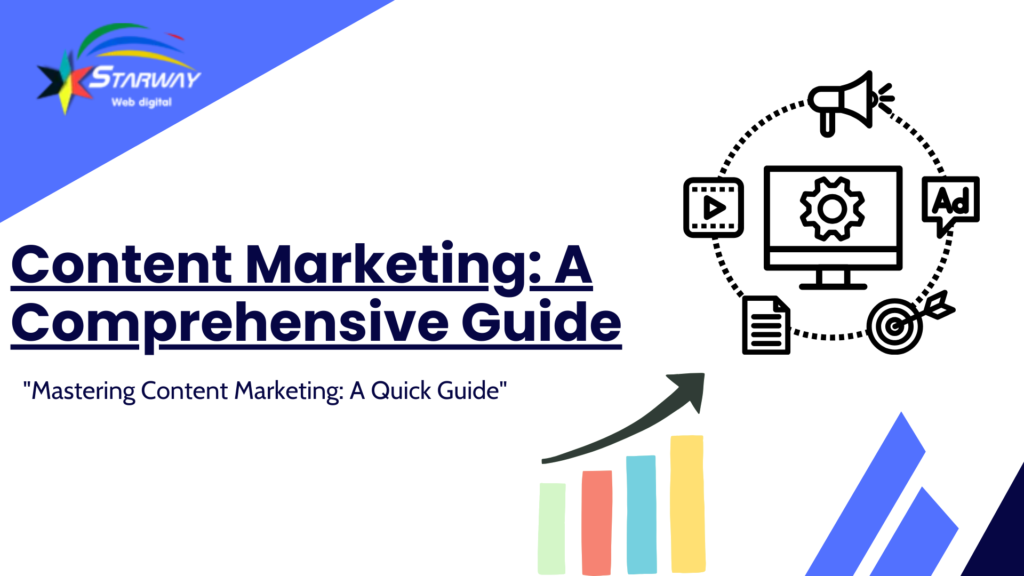Content Marketing: A Comprehensive Guide
In today’s digital landscape, content marketing has emerged as a crucial component of any successful marketing strategy. Businesses of all sizes are recognizing the power of compelling content to engage their audience, build brand awareness, and drive conversions. In this comprehensive guide, we’ll delve into the intricacies of content marketing, exploring its various types, benefits, …


